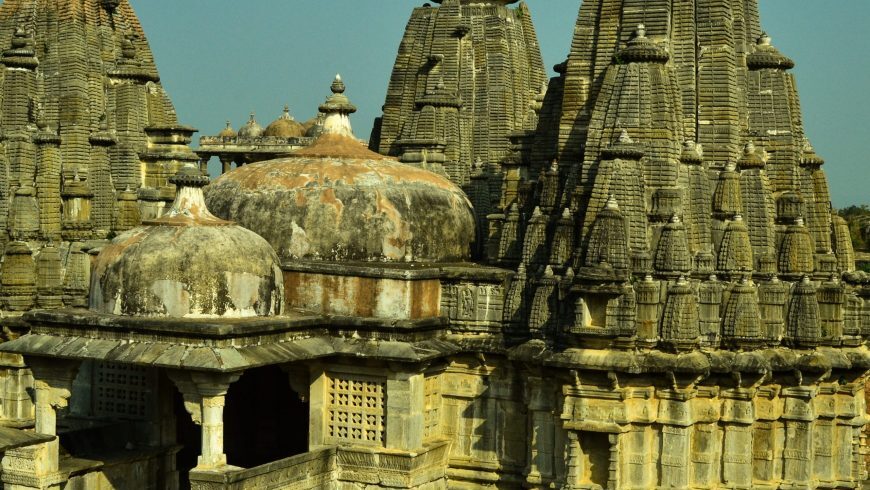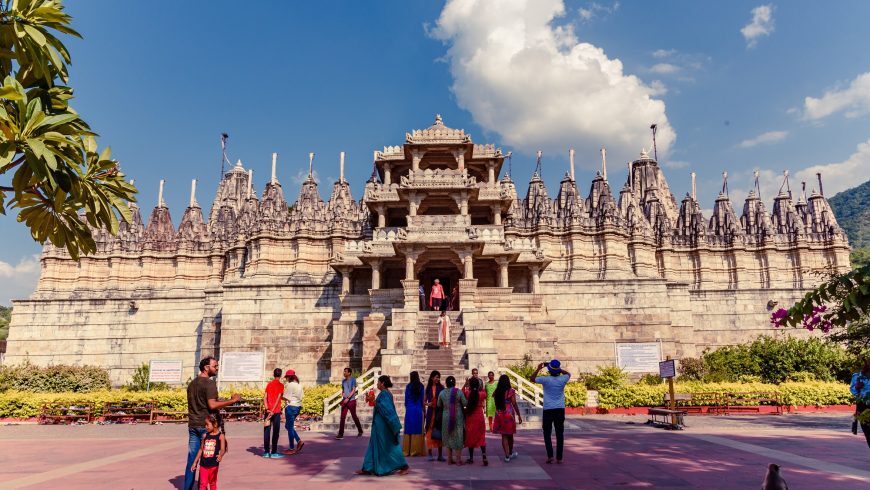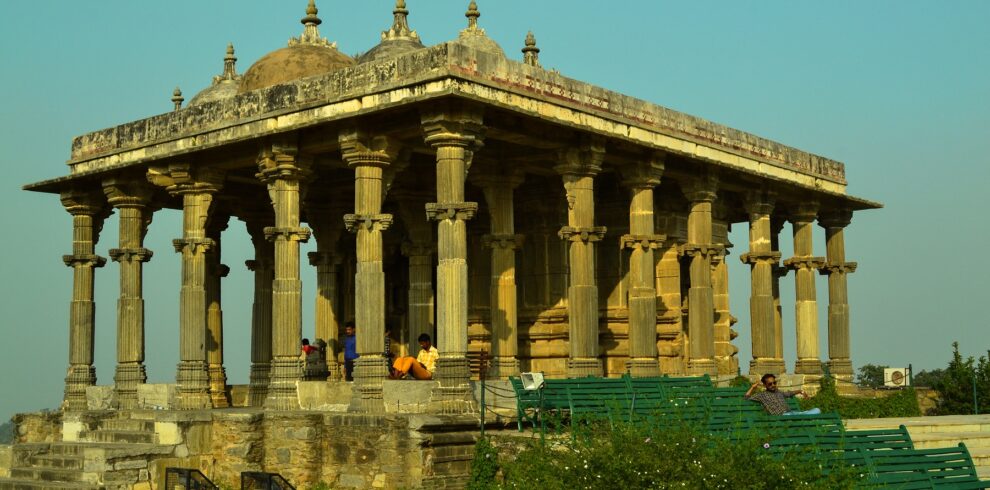Pali
Pali, situated in the western Indian state of Rajasthan, is a historic city known for its rich heritage, traditional craftsmanship, and scenic landscapes. Nestled amidst the Aravalli Range, Pali is renowned for its sandstone quarries, which have been a source of the region’s distinctive red sandstone for centuries.
One of the notable landmarks in Pali is the Ranakpur Jain Temple, located about 60 kilometers away from the city center. This magnificent temple complex, built in the 15th century, is dedicated to Adinatha, the first Jain Tirthankara, and is renowned for its exquisite marble architecture, intricate carvings, and 1,444 beautifully crafted marble pillars.
Pali is also famous for its traditional handicrafts, particularly its textile industry. The city is known for its vibrant Bandhani (tie-and-dye) and Pichwai (religious cloth paintings) textiles, which are highly prized for their intricate designs and vibrant colors. Visitors to Pali can explore local markets and workshops to witness artisans practicing these age-old crafts.
Another attraction in Pali is the Parshuram Mahadev Temple, a sacred Hindu shrine dedicated to the deity Parshuram. Situated amidst scenic surroundings, the temple is believed to date back to ancient times and is a popular pilgrimage site for devotees.
Pali is also known for its natural beauty, with picturesque landscapes and tranquil countryside. The city is surrounded by rolling hills, lush forests, and serene lakes, offering opportunities for outdoor activities such as hiking, picnicking, and birdwatching.
In addition to its cultural and natural attractions, Pali is a thriving commercial hub, with bustling markets, modern amenities, and a vibrant local culture. Visitors can sample authentic Rajasthani cuisine, explore the city’s bustling streets, and experience the warm hospitality of its residents.
Overall, Pali is a city that offers a perfect blend of history, culture, craftsmanship, and natural beauty, making it a delightful destination for travelers seeking an authentic Rajasthan experience.
City Tour

- Jan
- Feb
- Mar
- Apr
- May
- Jun
- Jul
- Aug
- Sep
- Oct
- Nov
- Dec
Cultural Tours
Tourism is travel for pleasure or business; also the theory and practice of touring, the business of attracting, accommodating, and entertaining tourists, and the business of operating tours. Tourism may be international, or within the traveller’s country. The World Tourism Organization defines tourism more generally, in terms which go “beyond the common perception of tourism as being limited to holiday activity only”, as people “traveling to and staying in places outside their usual environment for not more than one consecutive year for leisure, business and other purposes”.
Tourism can be domestic or international, and international tourism has both incoming and outgoing implications on a country’s balance of payments. Today, tourism is a major source of income for many countries, and affects the economy of both the source and host countries, in some cases being of vital importance.

- Jan
- Feb
- Mar
- Apr
- May
- Jun
- Jul
- Aug
- Sep
- Oct
- Nov
- Dec
Day Tour
Jungle Safari
A is an overland journey, usually a trip by tourists to Africa. In the past, the trip was often a big-game hunt, but today, safari often refers to trips to observe and photograph wildlife—or hiking and sightseeing, as well.
The Swahili word safari means journey, originally from the Arabic meaning a journey; the verb for “to travel” in Swahili is kusafiri. These words are used for any type of journey, e.g. by bus from Nairobi to Mombasa or by ferry from Dar es Salaam to Unguja. Safari entered the English language at the end of the 1850s thanks to Richard Francis Burton, the famous explorer.
The Regimental March of the King’s African Rifles was ‘Funga Safari’, literally ‘tie up the March’, or, in other words, pack up equipment ready to march.
In 1836 William Cornwallis Harris led an expedition purely to observe and record wildlife and landscapes by the expedition’s members. Harris established the safari style of journey, starting with a not too strenuous rising at first light, an energetic day walking, an afternoon rest then concluding with a formal dinner and telling stories in the evening over drinks and tobacco.
Multi Day Tour

- Jan
- Feb
- Mar
- Apr
- May
- Jun
- Jul
- Aug
- Sep
- Oct
- Nov
- Dec






